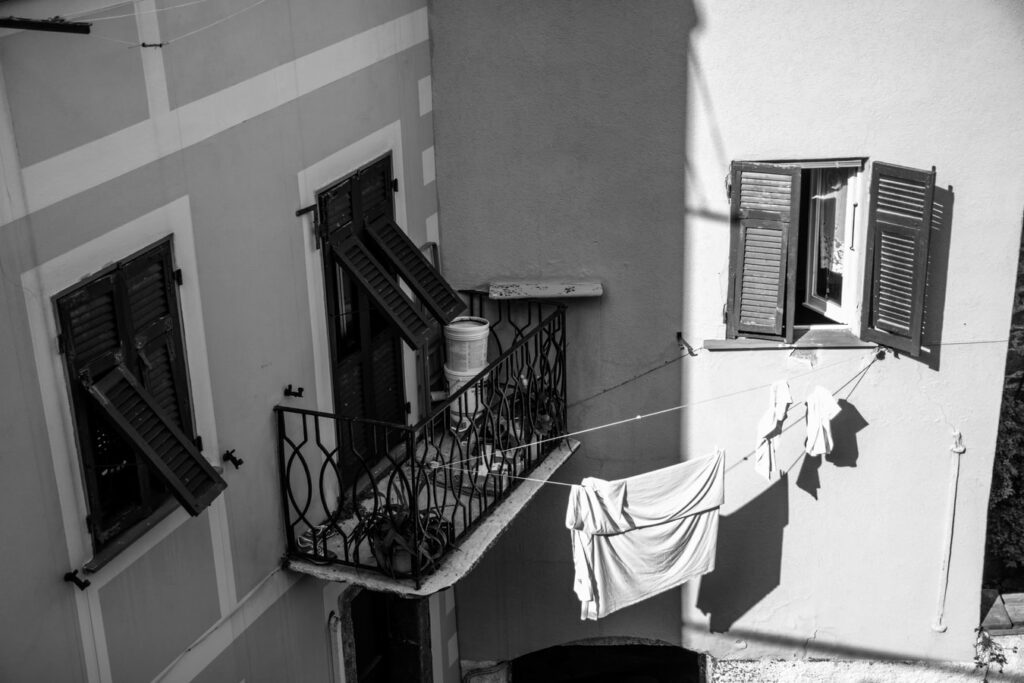But don’t get your hopes up for the summer: this doesn’t mean the virus will go away anytime soon.

It’s not so much that light instantly destroys the virus, but constant exposure to light reduces the virus’ “lifespan” (viruses aren’t technically alive). William Bryan, science and technology advisor to the Department of Homeland Security secretary, told reporters at the White House that his colleagues had found that ultraviolet rays had a strong impact on the pathogen.
“Our most striking observation to date is the powerful effect that solar light appears to have on killing the virus, both surfaces and in the air,” he said.
“We’ve seen a similar effect with both temperature and humidity as well, where increasing the temperature and humidity or both is generally less favorable to the virus.”
The paper has not yet been released for scrutiny so it’s hard to say just how reliable and robust these results are, but it is certainly not surprising. It has long been known that ultraviolet light has a sterilizing effect, quickly annihilating many pathogens, damaging their genetic code and their ability to replicate. Whether or not the intensity and exposure levels we can expect in day-to-day life can realistically affect the novel coronavirus — that is a different question — for that, we’ll have to wait for the paper to be released until we can be certain.
“It would be good to know how the test was done, and how the results were measured,” Benjamin Neuman, chair of biological sciences at Texas A&M University-Texarkana, told AFP.
“Not that it would be done badly, just that there are several different ways to count viruses, depending on what aspect you are interested in studying.”
According to the summary presented by Bryan, the virus’ half-life (the time it takes for the virus to be reduced to half its amount) is around 18 hours when the temperature is 70 to 75 degrees Fahrenheit (21 to 24 degrees Celsius) with 20 percent humidity on a non-porous surface (something like stainless steel, for instance). But when humidity rose to 80%, the half-life was reduced to 6 hours.
When sunlight was added into the equation, the half-life duration dropped to only 2 minutes.
Of course, until detailed results aren’t presented, we can’t know for sure what to expect, but the results are encouraging. According to Bryan, this means that summer-like conditions “will create an environment (where) transmission can be decreased.”
But “decreased” does not mean eliminated. Bryan also added that social distancing guidelines cannot be fully lifted, and the reduced spread does not mean the pathogen would be eliminated entirely.
“It would be irresponsible for us to say that we feel that the summer is just going to totally kill the virus and then if it’s a free-for-all and that people ignore those guides,” he said.
Again, these results have not been published, so it’s hard to assess just how significant the results are. It’s also worth noting that Bryan is not a doctor or a researcher himself. However, this seems to be in line with what was reported previously.
Previous research suggested that the virus fares better in cold and dry weather than in hot and humid weather (similar to other coronaviruses). This would explain why a lower rate of spread was reported in the southern hemisphere, where countries are still in early fall. But there is also a counterpoint: this means that as temperatures start to drop in the southern hemisphere, infection rates could start to increase again.
Similarly, even if COVID-19 cases slow down over the summer, the rate of infection will likely increase again in fall and winter, in line with other seasonal viruses.









